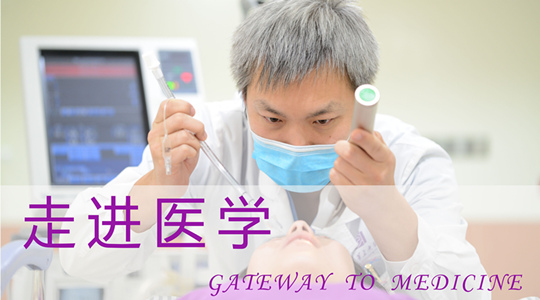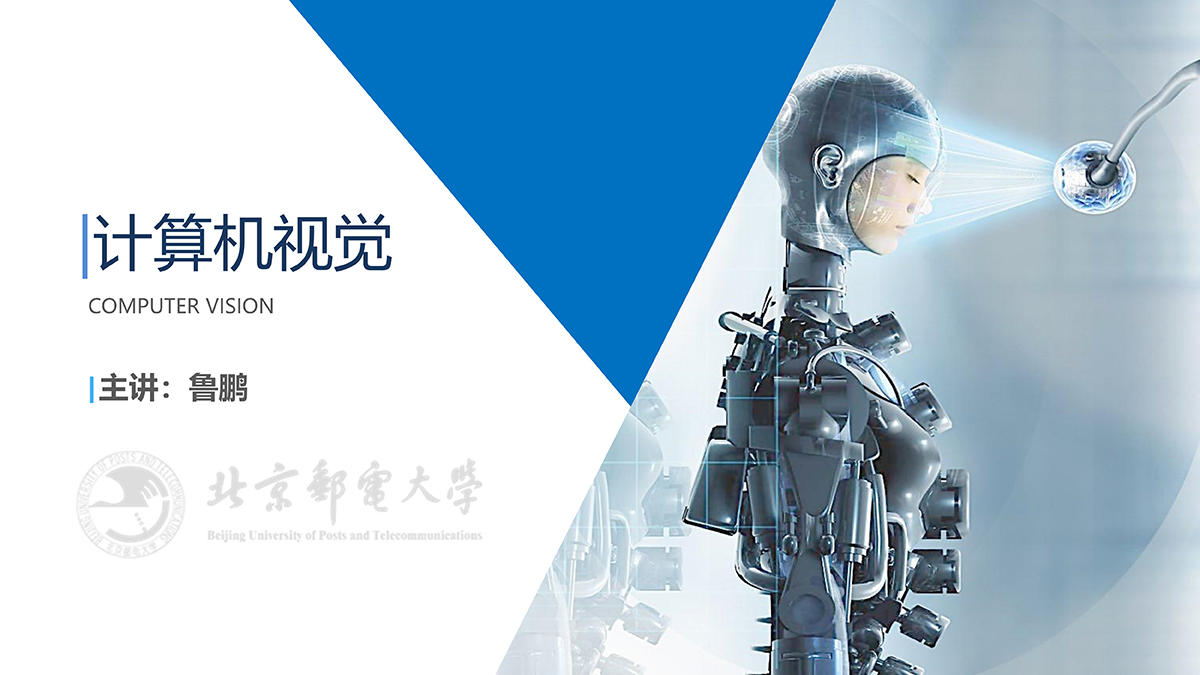
当前课程知识点:Gateway to Medicine: An Introduction to the Field of Medicine > CH05 Emergency (Cardiopulmonary resuscitation) and Disaster Medicine > 04 Professional life support > Professional life support
返回《Gateway to Medicine: An Introduction to the Field of Medicine》慕课在线视频课程列表
返回《Gateway to Medicine: An Introduction to the Field of Medicine》慕课在线视频列表
上节课我们向大家介绍了
非专业人员的基础生命支持
那么这节课向大家介绍
专业人员的基础生命支持
专业人员的基础生命支持
包括胸外按压和通气两大部分
在按压和通气这两部分中
按压的重要性要大于通气
当施救者一旦判断出
患者心跳停止后
应立即开始胸外按压
在这里再次强调
高质量的胸外按压
在CPR中的重要性
高质量的胸外按压包括
一 胸外按压的位置
位于胸骨下段的终点
二 按压的方向应该垂直于胸廓
三 按压的频率至少100次每分
按压的频率至少5厘米
四 按压后应充分回弹
按压与回弹的比例应有1:1
五 按压尽量不要被打断
如果因为操作而需要中断按压
中断的时间不应该超过10秒
每做五组或两分钟胸外按压后
应更换一名施救者
以避免因力量不足
而导致按压质量下降
关于通气
首先要做的是打开气道
打开气道的目的
在于降低气道由于生理弯曲
而造成的阻力
保证气体能够进出气道
打开气道的方法有很多种
包括常用的仰额抬颌法
抬举下颌法等等
在这里向大家介绍仰额抬颌法
仰额抬颌法的操作手法
是用一只手的小鱼际
下压患者的颚部
另一只手的十指和中指
向上方抬起患者的下颌支
使患者的头部后仰
患者的气道接近直线
以方便气体的进出
在开放气道时应注意
如果患者不能够排除颈椎损伤
应该为患者佩戴颈托
或用手法固定患者的头部
以避免在开放患者气道的过程中
损伤患者的脊髓
专业人员区别于非专业人员
进行心肺复苏之处
在于要为患者提供通气
通气的方法分为口对口人工通气
和简易呼吸器通气
现在专业人员常用的通气方法
是简易呼吸器通气
成人用简易呼吸器的气囊容量
在1500毫升左右
使用的时候用单手挤压气囊
1/3左右
每次供气约500到600毫升即可
按压与通气的比例为30比2
在进行球囊通气的时候
要注意避免过度通气
许多急救人员
急于恢复患者的自主心率
在进行CPR操作的时候
容易过快 过用力地按压球囊
像这样
要知道
我们在进行胸外按压的时候
心脏的射血量
只有正常的30%
这些血液不能满足生理需求
一旦给患者造成过度通气
会使通气血流比升高
流入脑组织的血流中
氧含量过高
过高的血氧
会导致脑组织血管收缩
进一步加重脑灌注不足
所以在进行球囊通气的时候
应注意按照
30比2的按压通气比率
每次通气500到600毫升就可以了
-01-The basic condition of the air
--The basic condition of the air
-02-What is smog and its influence to the body
--What is smog and its influence to the body
-03-The structure and the function of human respiratory system
--The structure and the function of human respiratory system
-04-How the smog cause the human respiratory system disease
--How the smog cause the human respiratory system disease
-05-Asthma
--Asthma
-Exercise 01
-06-COPD
--COPD
-07-Lung cancer Ⅰ
-08-Lung cancer Ⅱ
-Exercise 02
-01 Dissection of genital organs
--Dissection of genital organs
-Exercise 01
-02 The formation of embryo and fetal appendage
--The formation of embryo and fetal appendage
-Exercise 02
-03 Characteristic of embryonic and fetal development
--Characteristic of embryonic and fetal development
-04 Maternal changes during pregnancy
--Maternal changes during pregnancy
-05 Four factors that affect childbirth
--Four factors that affect childbirth
-06 Mechanism of labor
-01 The energy requirement and the metabolic characteristics of kids
--The energy requirement and the metabolic characteristics of kids
-02 Need of the nutrition and metabolism of kids Ⅰ
--Need of the nutrition and metabolism of kids Ⅰ
-Exercise 01
-03 Need of the nutrition and metabolism of kids Ⅱ
--Need of the nutrition and metabolism of kids Ⅱ
-Exercise 02
-04 Guided feeding of infant Ⅰ
-Exercise 03
-05 Guided feeding of infant Ⅱ
-06 Guided feeding of infant Ⅲ
-01 Introduction
-02 What is tumor
-03 The general shape of tumor
-04 The atypia of the tumor
-05 Name and classification of the tumor
--Name and classification of the tumor
-Exercise 01
-06 The growing type of the tumor
--The growing type of the tumor
-07 Spread of tumor
-Exercise 02
-08 The grading and staging of tumors and the effects to the body
--The grading and staging of tumors and the effects to the body
-09 The difference between benign and malignant tumors
--The difference between benign and malignant tumors
-10 The environmental causes of cancer
--The environmental causes of cancer
-11 Heredity and tumor
-01 Overview
--Overview
-02 Sudden cardiac arrest
-Exercise 01
-03 Non-professional life support
--Non-professional life support
-Exercise 02
-04 Professional life support
-Exercise 03
-05 Adult advanced life support Ⅰ
--Adult advanced life support Ⅰ
-Exercise 04
-06 Adult advanced life support Ⅱ
--Adult advanced life support Ⅱ
-Exercise 05
-07 Electric defibrillation
-01 Introduction
-02 Risk factors and pathogenesis of atherosclerosis
--Risk factors and pathogenesis of atherosclerosis
-03 Pathological changes of atherosclerosis
--Pathological changes of atherosclerosis
-Exercise 01
-04 Atherosclerosis of vital organs
--Atherosclerosis of vital organs
-05 Coronary atherosclerotic heart disease
--Coronary atherosclerotic heart disease
-Tips 03
--Tips 03
-06 Primary hypertension
-Exercise 02
-07 The etiology and pathogenesis of hypertension
--The etiology and pathogenesis of hypertension
-08 The types and pathologic changes of essential hypertension
--The types and pathologic changes of essential hypertension
-Exercise 03
-01 Overview Ⅰ
-02 Overview Ⅱ
-03 What is virus
-Exercise 01
-04 The structure and functions of influenza viruses
--The structure and functions of influenza viruses
-Exercise 02
-05 Different type of influenza viruses
--Different type of influenza viruses
-Exercise 03
-06 Bird flu
--Bird flu
-Exercise 04
-07 Street virus
-Exercie 05
-01 Introduction
-02 Chronic gastritis caused by helicobacter pylori infection
--Chronic gastritis caused by helicobacter pylori infection
-Exercise 01
-03 Helicobacter pylori causes peptic ulcer
--Helicobacter pylori causes peptic ulcer
-Exercise 02
-04 Pathological changes of peptic ulcer
--Pathological changes of peptic ulcer
-Exercise 03
-05 Gastric cancer
-01 The evolution of biological motion
--The evolution of biological motion
-02 Biomechanics of human motion
--Biomechanics of human motion
-Exercise 01
-03 The perfect unity of function and structure
--The perfect unity of function and structure
-Exercise 02
-04 A brief history of trauma orthopedic development Ⅰ
--A brief history of trauma orthopedic development Ⅰ
-05 A brief history of trauma orthopedic development Ⅱ
--A brief history of trauma orthopedic development Ⅱ
-Exercise 03
-06 Sprain and fracture of the ankle joint
--Sprain and fracture of the ankle joint
-Exercise 04
-07 Ankle sprain
-Exercise 05
-08 Prevention of ankle sprain
-Final Exam





